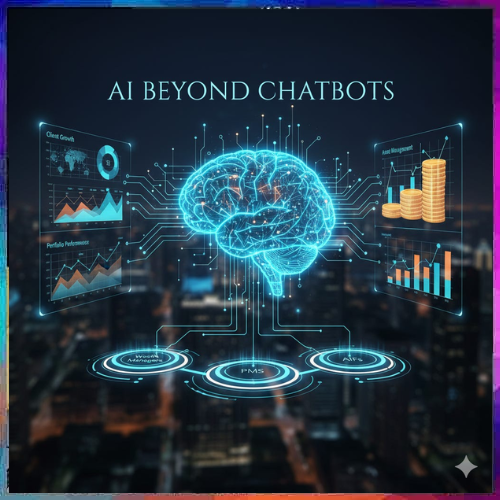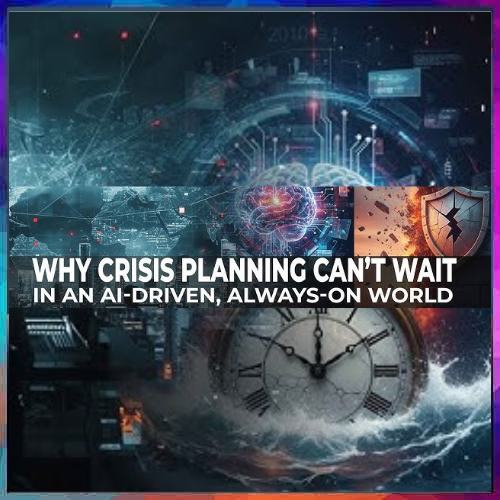
Mr. Diwakar Chittora
Co-Founder & CEO,Intellipaat.com
In the recent few years, it has been observed that the capability of conventional growth drivers viz. capital investment and labor have been ineffective in propelling economic growth. These traditional growth boosters are losing their aura in the process of trying hard to sustain the continuous ascend towards success, witnessed in the yesteryears in most developed countries. However, that is only one side of the coin, on the flip side; Artificial Intelligence (AI) is soaring up and has emerged as the new growth lever of production. Adding to its welfares, AI has also exhibited the potential to lead newer growth sources, revolutionize daily operations and reinforcing the role of people to drive growth in business.
Authenticating these observations is a recent report by Accenture that clearly describes the impact of AI in 12 developed countries. As per the report, AI has the capability to double the annual economic growth rates in these developed countries by 2035. It also reveals that the feat can be achieved through evolution of the working process and creating a new form of synergy between man and machine. Furthermore, it also projects a 40 percent growth in labor productivity and will facilitate optimum utilization of time.
In order to be a part of this avant-garde evolution, policy makers and business owners must start preparing for the future with Artificial Intelligence already. However, here we would like to underline the fact that the preparation must not be done with a mindset that renders AI as just another productivity enhancer; they must rather view AI as an instrument that can restructure our thinking about how growth can be created.
Economic observation in developed economies
Coming back to the point of AI’s impact in 12 developed countries, in the last few decades it has been observed that the rates of gross domestic product (GDP) growth have been shrinking, as reported by Accenture’s survey. Additionally, the key aspects those were once suggestive of economic efficiency are descending downward at an increasing pace, including the stagnationof labor-force across developed countries. As a matter of fact, it is even declining in some countries. Adding to the insights, the economic data in certain developed nations such as Japan, US, UK, France, Italy Germany etc. has demonstrated long-term pessimism. For Example, the ‘Total Factor Productivity’, that explains how well an economy uses its existing capital and people, appears to have weakened in the last one decade. Likewise, the marginal capital efficiency rate that indicates the productivity of capital such as machines and buildings has dropped steadily over the past few decades as well. In view of such economic depression, AI as a new growth lever can lead to significant growth opportunities.
Defining Artificial Intelligence
Prior to delving deeper into the applicability of Artificial Intelligence (AI), we must first understand what AI actually means. AI apparently is not a new subject; its theoretical and technological foundation was laid long ago by computer scientists such as Alan Turing, Marvin Minsky and John McCarthy. In the modern day scenario the term refers to multiple technologies that can be combined in different ways to sense, comprehend or even act.
For Example Artificial Intelligence can process vision and audio and can actively perceive the world around them by processing images, sound and speech. Facial recognition technology is one good example of how AI can improve productivity. AI can also process language and inference engines can enable AI systems to analyze and understand the information collected. This technology is used to empower the language translation feature of search engine results. Adding to its capabilities, combining its clout of sensing and comprehending, an AI system can also act or undertake actions in the physical world. Some of the best examples of AI in action are auto-pilot and assisted braking capabilities in cars. These three competencies of AI are supported by the ability to learn from experience and adapt over time. While AI already exists to a certain extent in some industries; it is fascinating to see how fast it is growing into daily lives of the common people.
are two key factors enabling this fast paced growth of AI; unlimited access to computing power being the foremost of them all, with public cloud storage estimated to reach almost US$70 billion by 2015, across the globe. Adding to the benefits, Data storage has also become abundant, which brings us to the next key factor facilitating the growth of AI i.e. growing big data. With more and more devices around us being connected, the global data witnessed a compound annual growth rate of more than 50 percent since 2010. As per professor Barry Smyth from University College Dublin said, ‘Data is to AI what food is to humans’, and with the continuously digitizing world, AI is only expected to improve with big data constantly feeding it.
AI slowly emerging as the new growth driver, it can drive growth in at least three significant ways viz. it can create virtual workforce; it can complement and enhance skills and ability of existing workforces and physical capital and lastly AI can drive innovations in the economy. With every passing day, economies using AI will be observed doing different and innovative things, facilitated by the broad structural transformation induced by AI.
See What’s Next in Tech With the Fast Forward Newsletter
Tweets From @varindiamag
Nothing to see here - yet
When they Tweet, their Tweets will show up here.





























